2020
Kakkavas, G.; Tsitseklis, K.; Karyotis, V.; Papavassiliou, S.
A Software Defined Radio Cross-Layer Resource Allocation Approach for Cognitive Radio Networks: From Theory to Practice Journal Article
In: IEEE Transactions on Cognitive Communications and Networking, vol. 6, no. 2, pp. 740-755, 2020, ISSN: 23327731, (cited By 66).
Abstract | Links | BibTeX | Tags: 5G mobile communication systems; Analog circuits; Cognitive radio; Computation theory; Magnetorheological fluids; Markov processes; Network architecture; Open source software; Radio; Radio receivers; Resource allocation; Structural frames, Cognitive radio network; Collision detection; Cross layer resource allocations; Markov Random Fields; Performance analysis; Research interests; Software-defined radios; Technological barriers, Software radio
@article{Kakkavas2020740,
title = {A Software Defined Radio Cross-Layer Resource Allocation Approach for Cognitive Radio Networks: From Theory to Practice},
author = {G. Kakkavas and K. Tsitseklis and V. Karyotis and S. Papavassiliou},
url = {https://www.scopus.com/inward/record.uri?eid=2-s2.0-85091103528&doi=10.1109%2fTCCN.2019.2963869&partnerID=40&md5=f3ef66fa9a91cbcdb443849280fc72ab},
doi = {10.1109/TCCN.2019.2963869},
issn = {23327731},
year = {2020},
date = {2020-01-01},
journal = {IEEE Transactions on Cognitive Communications and Networking},
volume = {6},
number = {2},
pages = {740-755},
publisher = {Institute of Electrical and Electronics Engineers Inc.},
abstract = {Software Defined Radio (SDR)-enabled cognitive radio network architectures are expected to play an important role in the future 5G networks. Despite the increased research interest, the current implementations are of small-scale and provide limited functionality. In this paper, we contribute towards the alleviation of the limitations in SDR deployments by developing and evaluating a resource allocation approach for cognitive radios implemented with SDR technology over two testbeds of the ORCA federation. Resource allocation is based on a Markov Random Field (MRF) framework realizing a distributed cross-layer computation for the secondary nodes of the cognitive radio network. The proposed framework implementation consists of self-contained modules developed in GNU Radio realizing cognitive functionalities, such as spectrum sensing, collision detection, etc. We demonstrate the feasibility of the MRF based resource allocation approach and provide extensive results and performance analysis that highlight its key features. The latter provide useful insights about the advantages of our framework, while allowing to pinpoint current technological barriers of broader interest. © 2015 IEEE.},
note = {cited By 66},
keywords = {5G mobile communication systems; Analog circuits; Cognitive radio; Computation theory; Magnetorheological fluids; Markov processes; Network architecture; Open source software; Radio; Radio receivers; Resource allocation; Structural frames, Cognitive radio network; Collision detection; Cross layer resource allocations; Markov Random Fields; Performance analysis; Research interests; Software-defined radios; Technological barriers, Software radio},
pubstate = {published},
tppubtype = {article}
}
